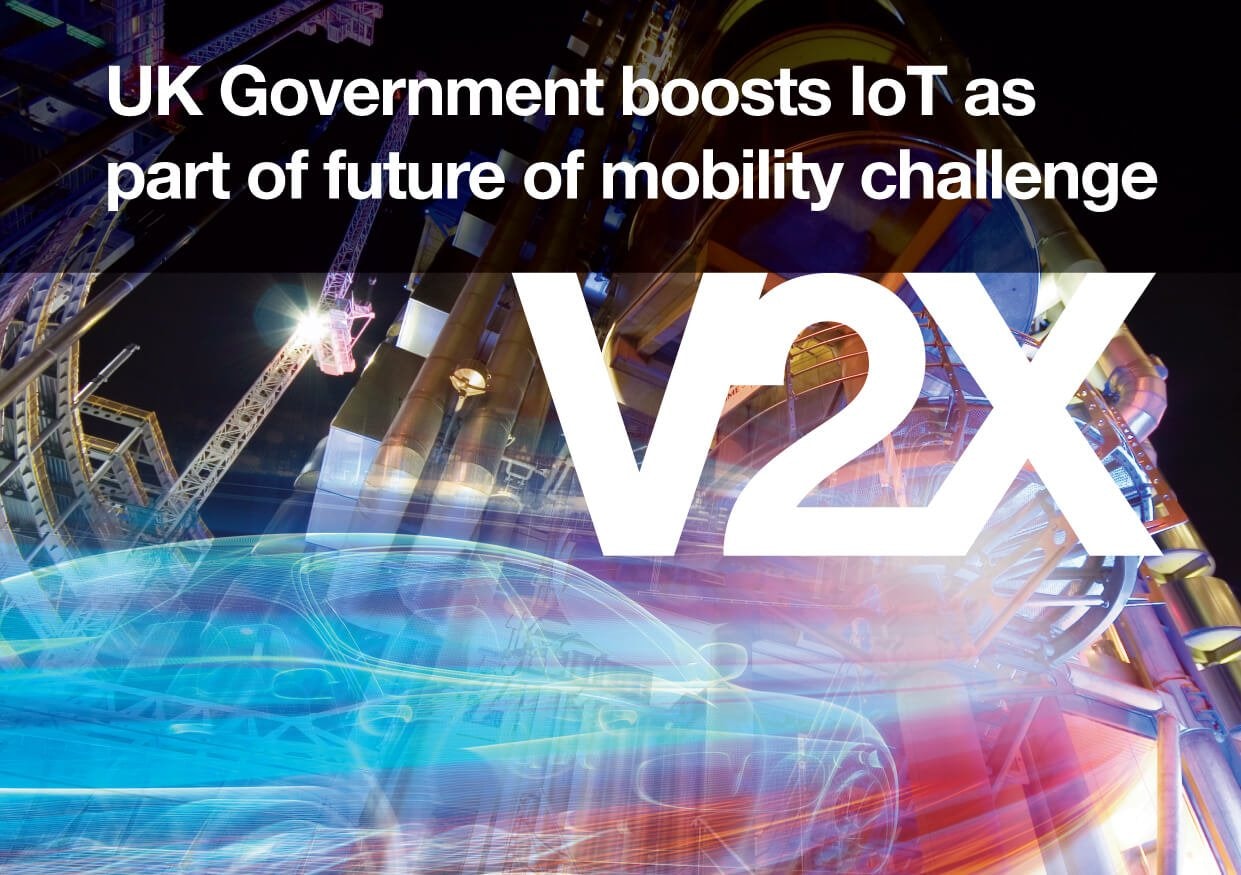UK Government Boosts IoT As Part of Future of Mobility Challenge
As part of their Industrial Strategy, the UK government has set out four different Grand Challenges to focus on in terms of development. These define goals that the UK government intends to reach in the foreseeable future and set the tone as to which areas are the most important to develop in.
These Grand Challenges were first announced in November of 2017 and are occasionally reviewed by the Department for Business, Energy and Industrial Strategy. The four areas of Grand Challenges are AI and Data, Ageing Society, Clean Growth and Future of Mobility.
The last of the listed has undergone an adjustment in the last week of July, as the British government announced their plans to launch “a profound change” in Mobility. The main aim is to reduce congestion and emissions while continuously improving transport. In the two-page document published to support the launch, the government highlights flying vehicles (such as drones) and self-driving cars, in particular, as transforming factors for the change.
Highlighted as part of the launch are seven key areas for change which government believes will shape the future of transportation in the UK. Among these, the most interesting for Dashboard is a variety of factors relating to IoT.
Automation is listed as one of the goals of the Challenge, as by 2021 the government wants to have fully self-driving cars on the road. These would bring a higher degree of safety to the UK traffic, better accessibility to personal transportation, and a more efficient, smarter use of urban space. This implies there will be heavy investment in furthering the research and trials for self-driving cars in the next three and a half years as well as official schemes to normalise these for the general public.
The government is also pushing what they call “V2X” – (Vehicle-to-Infrastructure). In practise, this means an increased level of connectivity and data usage, where smart vehicles could communicate with traffic lights and motorway signs to reduce traffic and facilitate swift travel. Establishing such connections requires efforts and further development for traffic-related non-vehicle IoT including innovation and thorough testing.
Lastly, the government wants to introduce a range of novelty transportation methods. One method stressed, in particular, was drones, which until now have endured much testing for deliveries for both materials (water for emergency services) and ready products (for consumer purposes). Now, however, it is intended for large-scale drones to carry people as a rapid on-demand service.
The news of the changes in Future of Mobility Grand Challenge shows the continuation of the IoT trend. It is constantly strengthening its position within every sector, and the emergence of such topics as V2X through government support may point towards a similar favourable position in other industries where government-led schemes have an important role.
